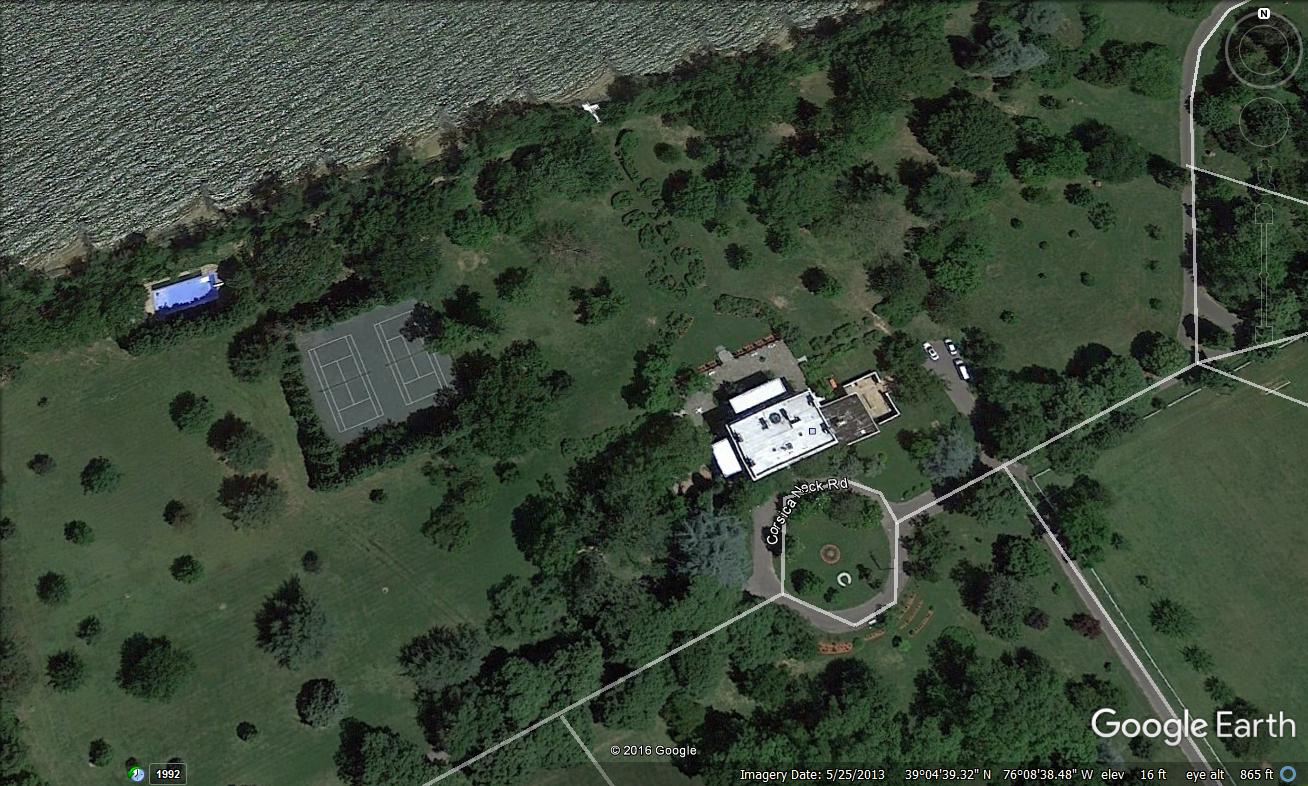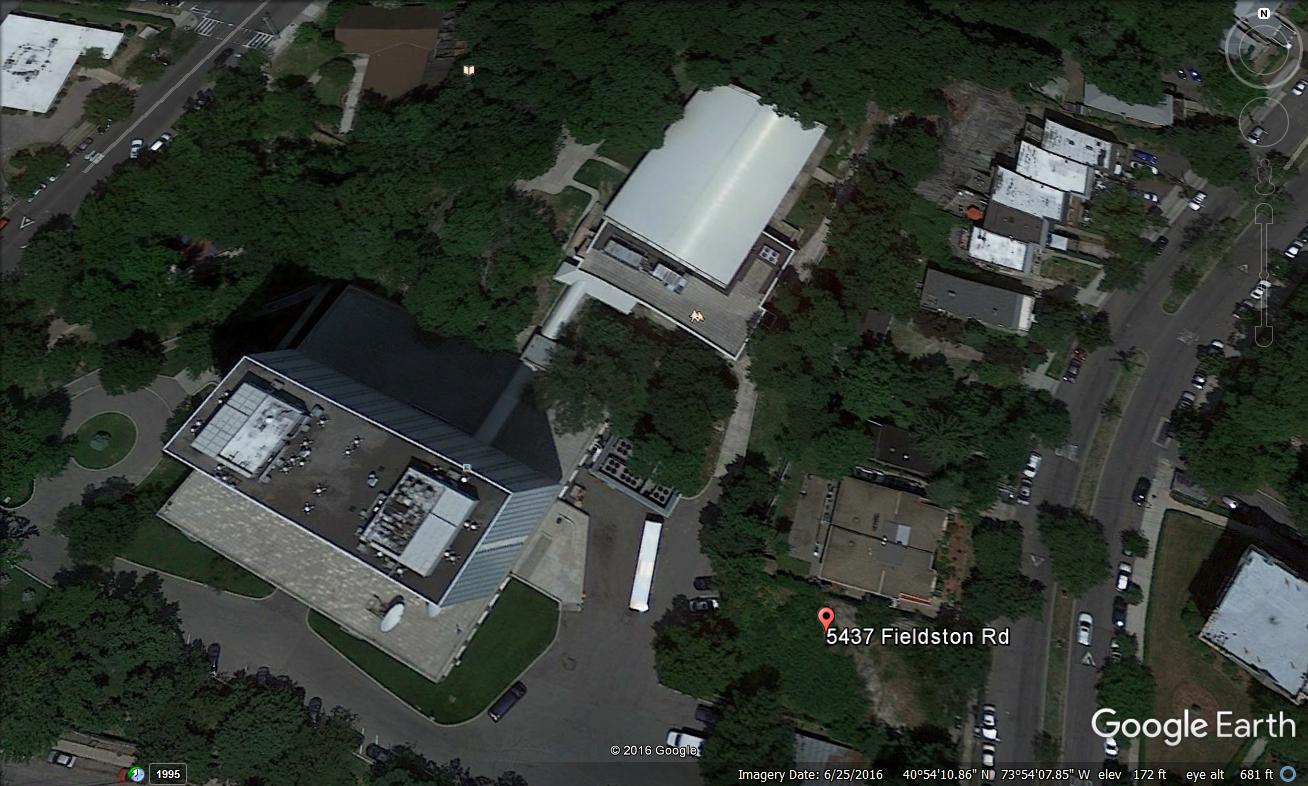Valerie Jarrett during a recent interview said that the Obama administration was scandal free.
Okay, stop laughing, hold on…there are countless scandals and this whole administration is delusional. There are two items below is a huge sidebar scandal when it comes to DHS and illegals. Breathe deeply….you can do it and read on.
Report: Homeland Security Officials Took Millions in Bribes to ‘Look the Other Way’ on Drug Cartels
TownHall: A stunning case of corruption inside the Department of Homeland Security was overshadowed by headlines about Russia and Israel this past week. Yet, federal employees accepting millions of dollars in bribes to avoid doing their job, is certainly worth a look.
Hundreds of DHS employees have “looked the other way” as drugs crossed the border because cartels have made them offers they can’t refuse. Other employees have sold green cards and other documents illegally. More from The New York Times:
It was not an isolated case. A review by The New York Times of thousands of court records and internal agency documents showed that over the last 10 years almost 200 employees and contract workers of the Department of Homeland Security have taken nearly $15 million in bribes while being paid to protect the nation’s borders and enforce immigration laws.
No wonder our immigration system is so broken.
In order to address the internal issues, the department has hired more investigators, offered ethics training and is administering polygraph tests to new applicants, The Times reports.
The Times report does not include the gifts, trips or money that DHS employees have stolen, the editors note.
Once the inside corruption is taken care of, Donald Trump’s administration can get to work on building a wall along the southern border, install better aerial surveillance and send more agents down there to be on the patrol.
****
Wait, wait, wait….there are more implications. Every action has a reaction:
Reuters: Remittances to Mexico posted their biggest jump in over ten years in November in a possible reaction to the U.S. election victory of Donald Trump, who threatened to block the transfers and eroded confidence in the peso currency during the campaign.
Mexicans abroad sent home nearly $2.4 billion in transfers in November, 24.7 percent higher than a year earlier, marking their fastest pace of expansion since March 2006, according to Mexican central bank data on Monday.
President-elect Trump ran a campaign steeped in anti-Mexican rhetoric and threatened to halt transfers from Mexican nationals unless Mexico agreed to pay for the massive wall he has vowed to build on the U.S. southern border to keep out illegal immigrants.
Trump’s surprise Nov. 8 election triumph also sent the Mexican currency to record lows in a sell-off fueled by his threats to scrap a trade deal between Mexico and the United States, and to levy punitive tariffs on Mexican-made goods.
Goldman Sachs economist Alberto Ramos said in a client note the weak peso fanned the remittance surge, noting workers could be “strategically front-loading” transfers to avoid potential taxes or restrictions from the incoming U.S. administration.
The value of the remittances considerably exceeds that of Mexico’s oil exports, Ramos noted.
The payments from Mexicans living in the United States are a key source of income for many families in Mexico, where around half the population lives in poverty.
Bank BBVA Bancomer has forecast that those Mexicans will have sent a record $27 billion in remittances into Mexico in 2016, an increase of more than $2 billion over 2015.
Mexico’s central bank governor Agustin Carstens said last month that a rise in remittances was due to a weak exchange rate, more U.S. jobs and fears over Trump’s policies.
Mexico’s government said in November that it is ready to lobby the U.S. Congress and use all legal means possible to stop Trump blocking remittances.










